Perma-Learning
Gita Mateja de Laat

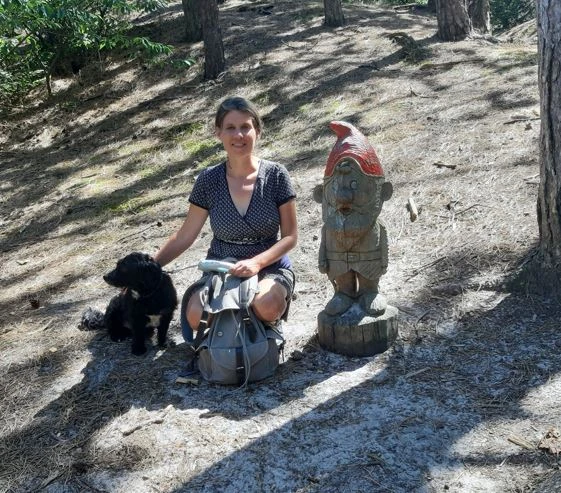
I have been home-schooling my children for 14 years.
Here’s what I’ve learned:
- Learning is a natural process that is not bound to a special place or building, like school.
- Learning is most effective when the emotions of the child are engaged.
- Learning is a joyful process.
- I have to trust my child, myself and Mother Nature (meaning: in our body there is a blueprint that guarantees development and growth).
Which led me to conclude that there is a fundamental, deep problem and disconnect in the methods and practices we employ in education today.
When searching for the root cause, one comes across many well established questions. Think of Ken Robinson’s TED talk about how education is designed to mould academics. Think of the works of dr. Peter Gray, who writes about importance of play in learning.
It would seem that we have focused with great intent on elevating the cerebral component of our mind. That is why we force young humans to abandon imagination, emotions, creativity, expression, the wonder of the unknown. We have managed to silence our strong desire for exploration and even innovation that cannot be quantified, documented, patented, text booked as it were.
This has made us technologically advanced and proficient. However it has also made us less developed as humans. The only emotion that truly dominates our thoughts is that of fear, risk, being scared. All else is just a temporary respite from an otherwise panicked existence.
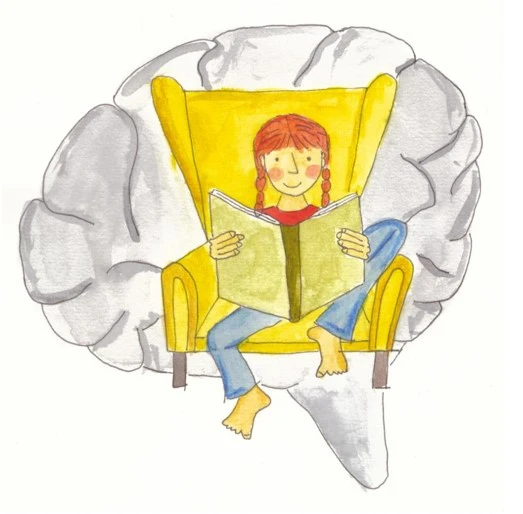
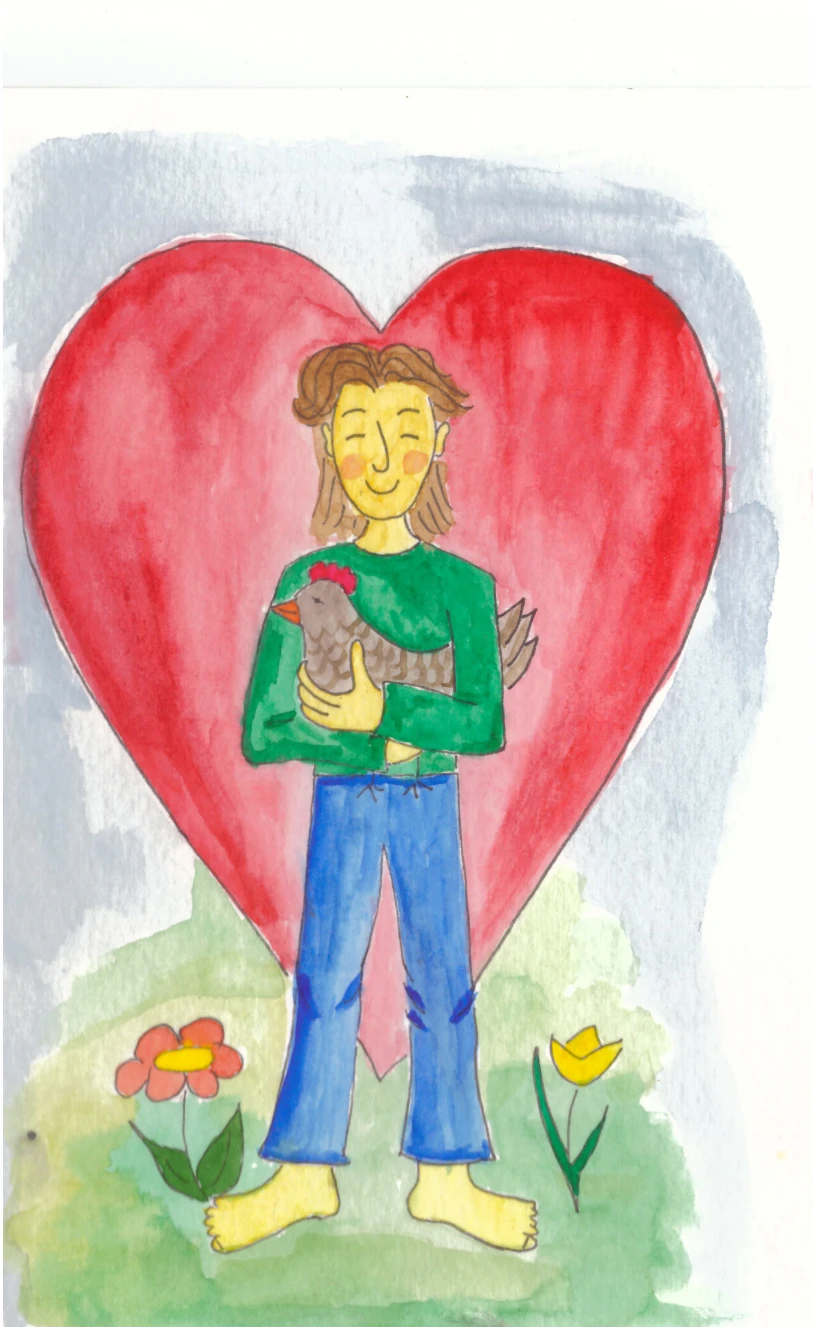
In the last 300 years, this focus on mathematical brain power, which in itself is an evolutionary novelty has ever increased
Think of advanced calculations, formulas etc. Our brains have no intuition for these things. You can test this immediately. If I tell you that 73% of all adults have a Samsung, you will completely understand what I have said and the number this signifies. But your brain has no idea if that is true or not. But if I were to tell you that I was late to this session because I was meeting the king of England for tea at the airport just now, you immediately feel this is a lie. The brain, when working alone without a “feeling”, cannot comprehend the deeper truths of life.
What is clear is that the future of humanity, even the Earth as we can influence it, depends not just on our cerebral power. Especially since within 10 to 30 years, all the work will be done by the software and hardware robots we are all now programming with our skills and experience.
Every conference you go to, every proposal that is discussed, is only about how we calibrate or increases the mental, cerebral load of students. This is silly, it would be like planning to improve the garden but only discussing salad or only tomato, not things like soil, nutrients, water and all other things the garden needs to master in order to be great.
So what are we progressively forgetting to do when addressing how to learn and become a strong, free, powerful human – in my opinion, it is how to use our hands and our heart in unison with our head.
So let me walk you through why there is a fundamental need to align the head with the hands and the heart.
When a child becomes an adult it will need to be able to shape to a large extent his or her own life. Not just be a cog in a machine. To do this, one must be able to create images in one's mind.
Fostering imagining (not the same as imagination)
When I was teaching my children, I noticed how much they loved to be creative while learning, they especially loved to draw. We have heaps and heaps of their drawings and other art products at home. They drew everything they saw, did and experienced during the days: tractors, cars on the roads, animals, mountains, swimming in the see, etc. Children use play and drawing to internalize and digest things that happen to them in life. In doing so, they create images of the things that they experienced. Making images is thus a tool for psychological maturation.
The same process happens when they learn: children can thoroughly understand only those topics and themes that they experience themselves whether through artistic expression, building, cooking etc. or through play and movement. In doing so, they again create images of the things that they experience and build or make. Making images is thus a tool for learning.
Hence, teaching should be organized and carried out in such a way, that it nurtures and develops the cognitive skill of making images in one’s mind and of course, also other cognitive skills, which cannot develop properly if this skill is not developed.
If teaching a child does not build upon this mental skill, the child will sooner or later lose it and its development will thus be hampered.
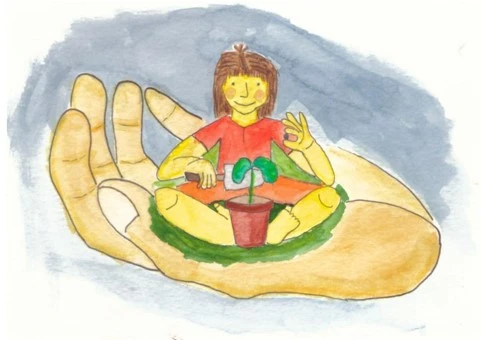
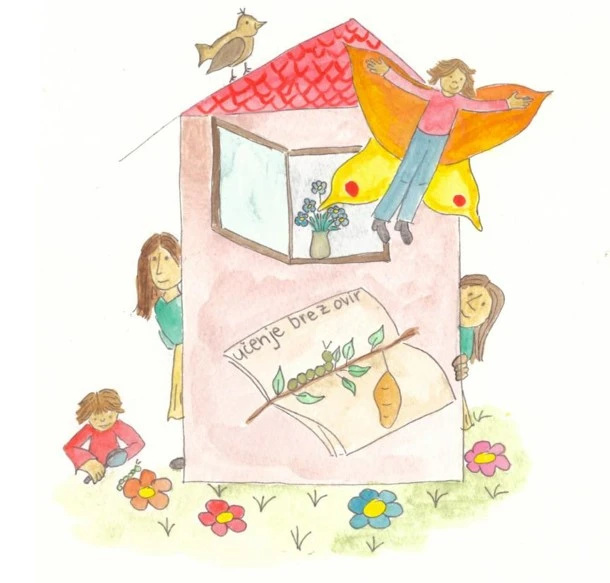
Attachment
A secure attachment to parents (and other adults) is not only necessary for the development and nurturing of the imagining, but is essential for the child's overall development.
If a child is securely attached, he or she will develop emotional stability and resilience, as well as self-confidence. Building on this, cognitive skills are also developed.
Learning is part of everyday life
Learning is a natural human need. Without learning, we can neither survive nor be fulfilled. If a person does not like to learn, there is something wrong with him.
But a person/child only likes to learn if he/she is able to make sense of the learning material. If one is interested in certain topic, or if one needs certain knowledge to improve one’s life in some way. Otherwise, learning is more or less painful.
Learning must therefore be properly integrated into the child's daily life.
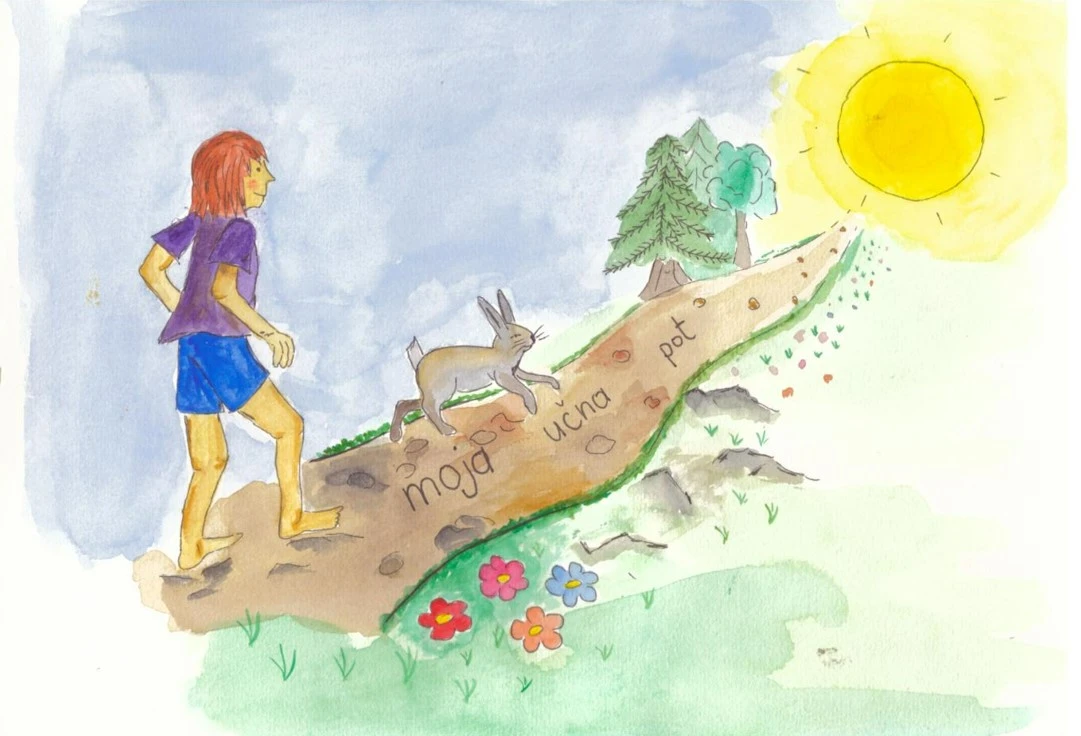
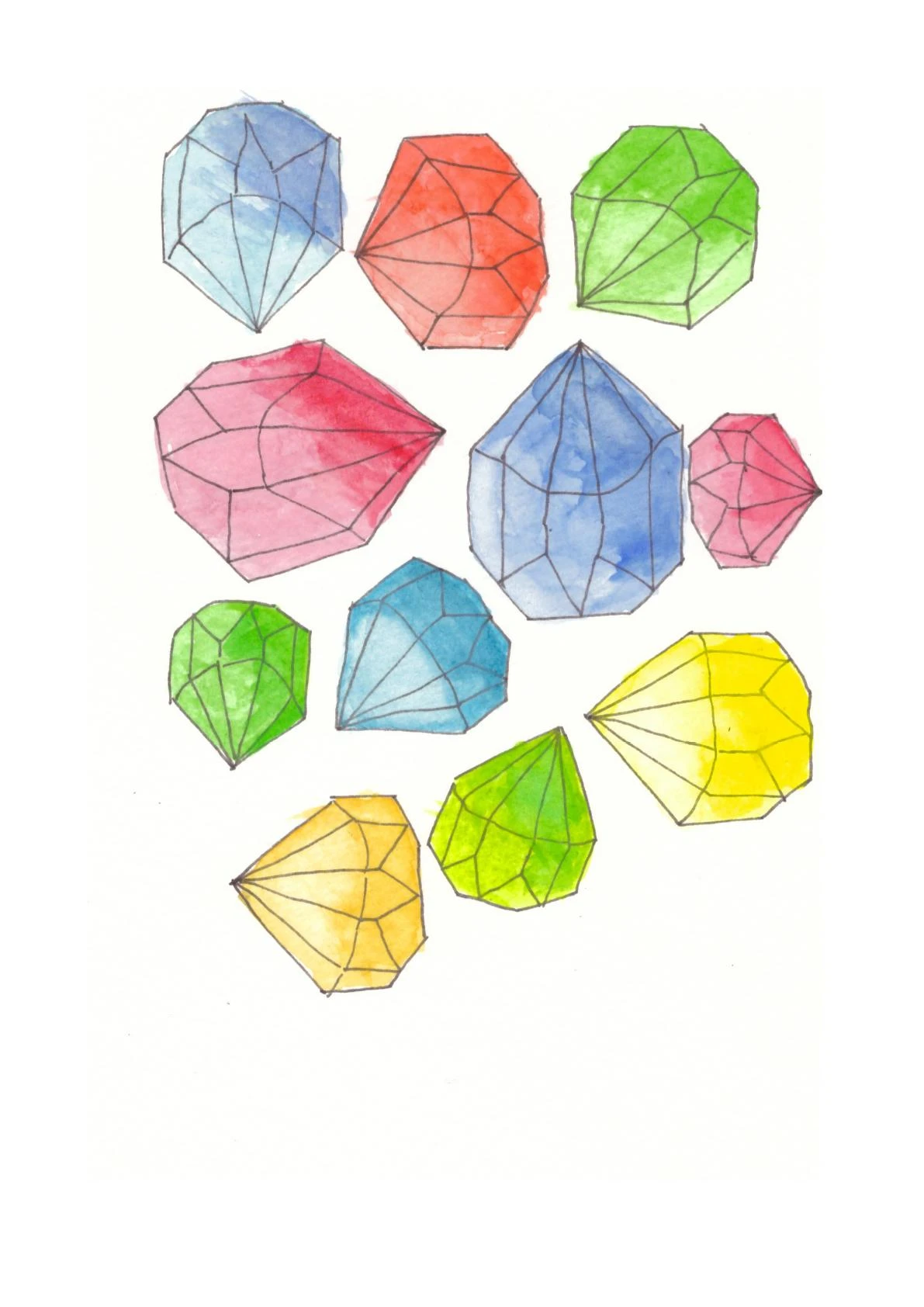
Learning is a tool for developing a child's inner potential
Every human being has two potentials: the universal and the individual. It is similar to the body: we all have one face, one torso, two arms and two legs. But if we take a good look at the face of each individual, we find that faces are infinitely different from one another.
Learning is a tool to help children develop their universal as well as their individual potential. It is up to us as parents to sense this inner potential in our children. That is why we need to be able to observe the child well, without our own projections and preconceived ideas and beliefs.
Observation alone is not enough
Through empathy, we also need to be able to feel the child and sense their inner potential.
The main 2 goals of Perma-Learning is helping the child:
- to became confident and emotionally resilient and
- to become mentally independent.
To achieve the above mentioned goals of Perma-Learning, we need to implement the 4 teaching strategies below.
- We must teach and the child must learn within the relationship.
- We must know the inner nature of the child, therefore we must observe the child.
- We must respect the child's developmental pace.
- We must allow the child to be active in learning.
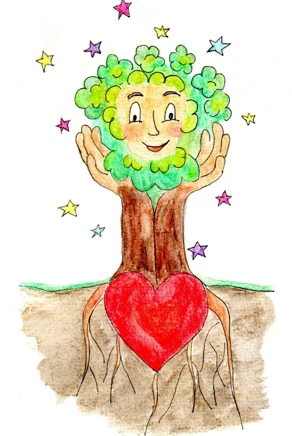
Principles of Perma-Learning
This brings us to the most important principles of the Perma-Learning:
- Parents/adults respond to child’s attachment needs.
- The child is at the centre of his or her learning process.
- We define the curriculum on the basis of the child's inner nature.
- Learning is a part of everyday life as much as possible.
Short description of the 4 teaching strategies.
1. Learning and teaching within the relationship
Children have a natural need to attach, and adults have an instinct to respond to it. If we respond to it in a genuine way, the child is securely attached to us and trusts us. We are at the same time a point of reference, an example and an inspiration to the child.
2. Observing the child
Parents get to know the child through observation: what his strengths and weaknesses are, what his tendencies are and what his potentials are.
3. Respecting the child's developmental pace
Each child develops at his or her own pace. There are some universal patterns, but within them, each child's pace of development is a little different.
4. The child is active in learning
Dr Gordon Neufeld writes as follows: A child must first ask questions before he can get answers, he must first investigate before he can discover facts, and he must first experiment before he can come to firm conclusions. This is the real activity in learning.
We than organise the learning process on the basis of the results we have been able to generate through the 4 strategies.
Pillars of this approach:
- mindfulness, presence of mind, observation without projection
- empathy
- ways to connect with the child
- learning materials that give the context to the learning themes
- time and patience.


